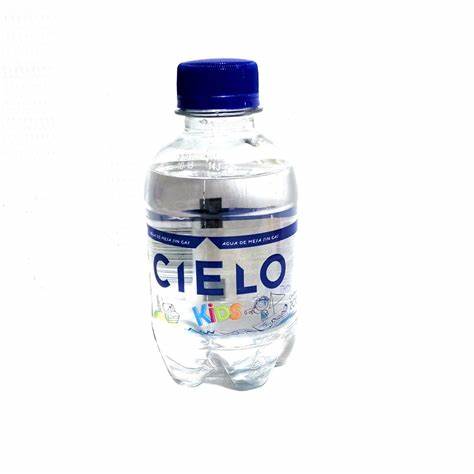A few days ago, while walking home, I noticed a tiny water
bottle at a store.
I had already seen that little bottle before – about two months
ago, I had seen an advertisement for it; but I thought it was
pointless so I didn’t go check for it.
But now it wasn’t any picture on a piece of cardboard hanged to a wall – it was the real deal.

And as I saw the tiny bottle, holding a puny 200ml of plain water with my own eyes, I asked myself: “How on Earth could such a thing even be sold? Who would buy this?”
I asked my mother about it and she told me that it was intended for toddlers, whose hands are too small for them to easily carry a larger bottle with their hands; but that answer didn’t really suffice me – after all, wouldn’t it be easier for the parents to just buy a water bottle for their kids and fill that up instead?
Fast forward to today, and the situation concerning the tiny
water bottle comes back to my mind as I get bored during class; and
I remember that in the very country I live in, you cannot drink the
tap water anywhere, from the most important urban centers to the most
remote villages.
Even in the capital city, there are many places whose residents
cannot not only afford, but outright access this tap water, which
has then to be boiled or passed through a cleaning filter in order
to be drunk safely.
This kind of environment is replicated in many other countries around the world, all of them developing, and it’s even present in a smaller scale in more impoverished parts of so-called “developed” countries. And to make things worse, it's predicted that such situations will only become more common in the future, as opposed to less.
And such an environment is the only place where the idea of selling 200ml of bottled water, which is already rendered moot by tap water itself in any place where it’s treated well enough to be drinkable (which is any place that is worth living in, really) can be concieved.
Go back to the blog index